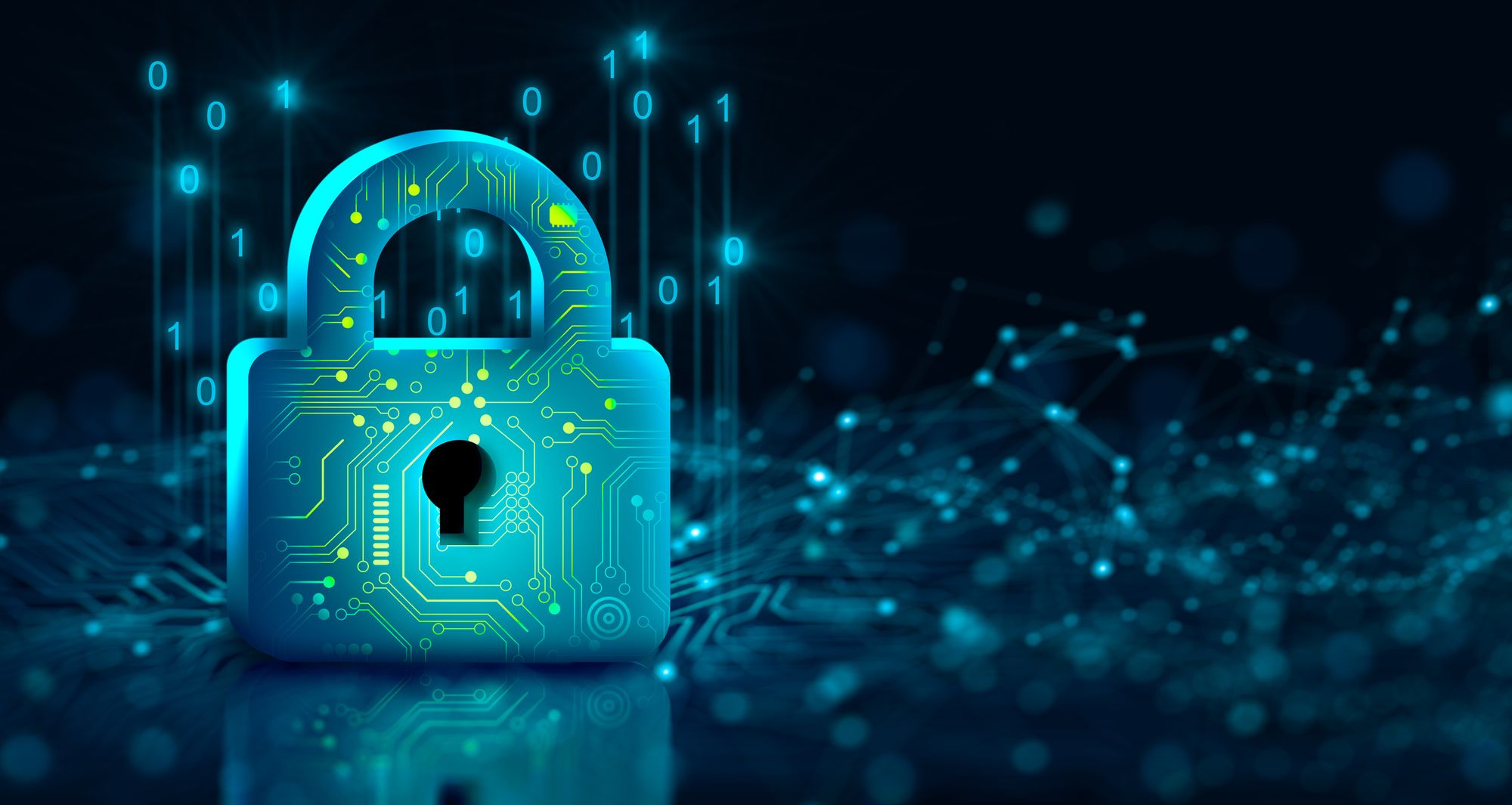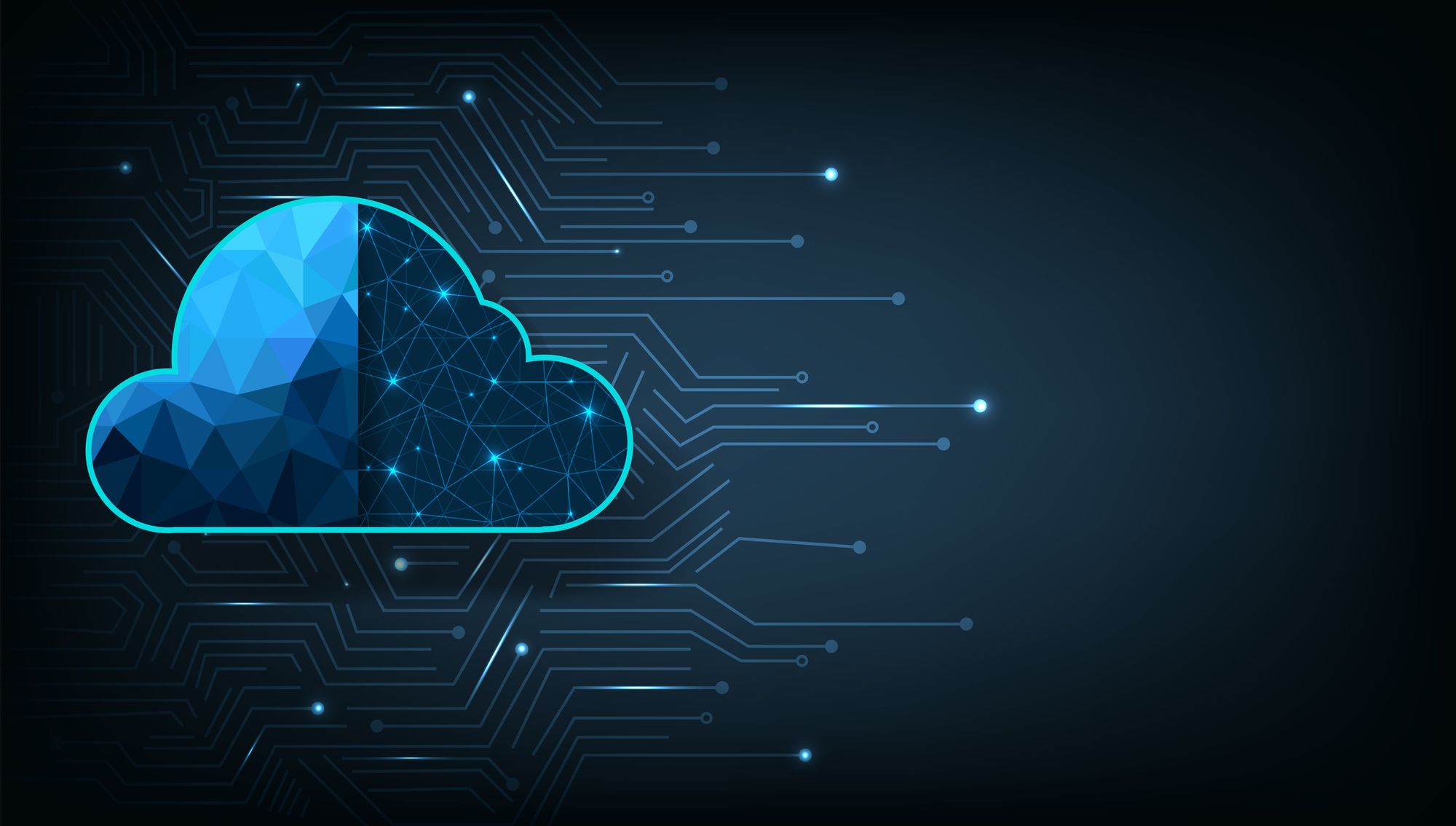
Posts by Ryan Blanchard

Security Operations
Rapid7 Extends Cloud Security Capabilities with Updates to Exposure Command

Security Operations
Rapid7 Extends AWS Support to Include Coverage for Newly-Launched Resource Control Policies (RCPs)

Cloud and Devops Security
Casting a Light on Shadow IT in Cloud Environments

Products and Tools
Adapting existing VM programs to regain control

Security Operations
Cloud IAM Done Right: How LPA Helps Significantly Reduce Cloud Risk

Products and Tools
Shift Left: Secure Your Innovation Pipeline

Products and Tools
Identifying Cloud Waste to Contain Unnecessary Costs

Products and Tools
Update for CIS Google Cloud Platform Foundation Benchmarks - Version 1.3.0

Rapid7 Blog